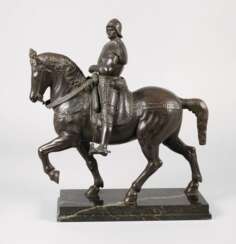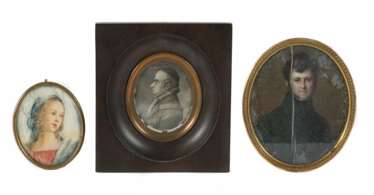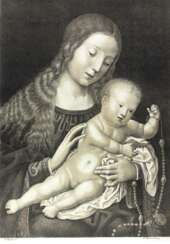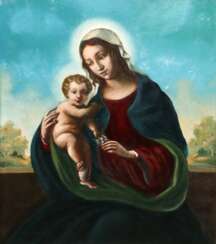perugino
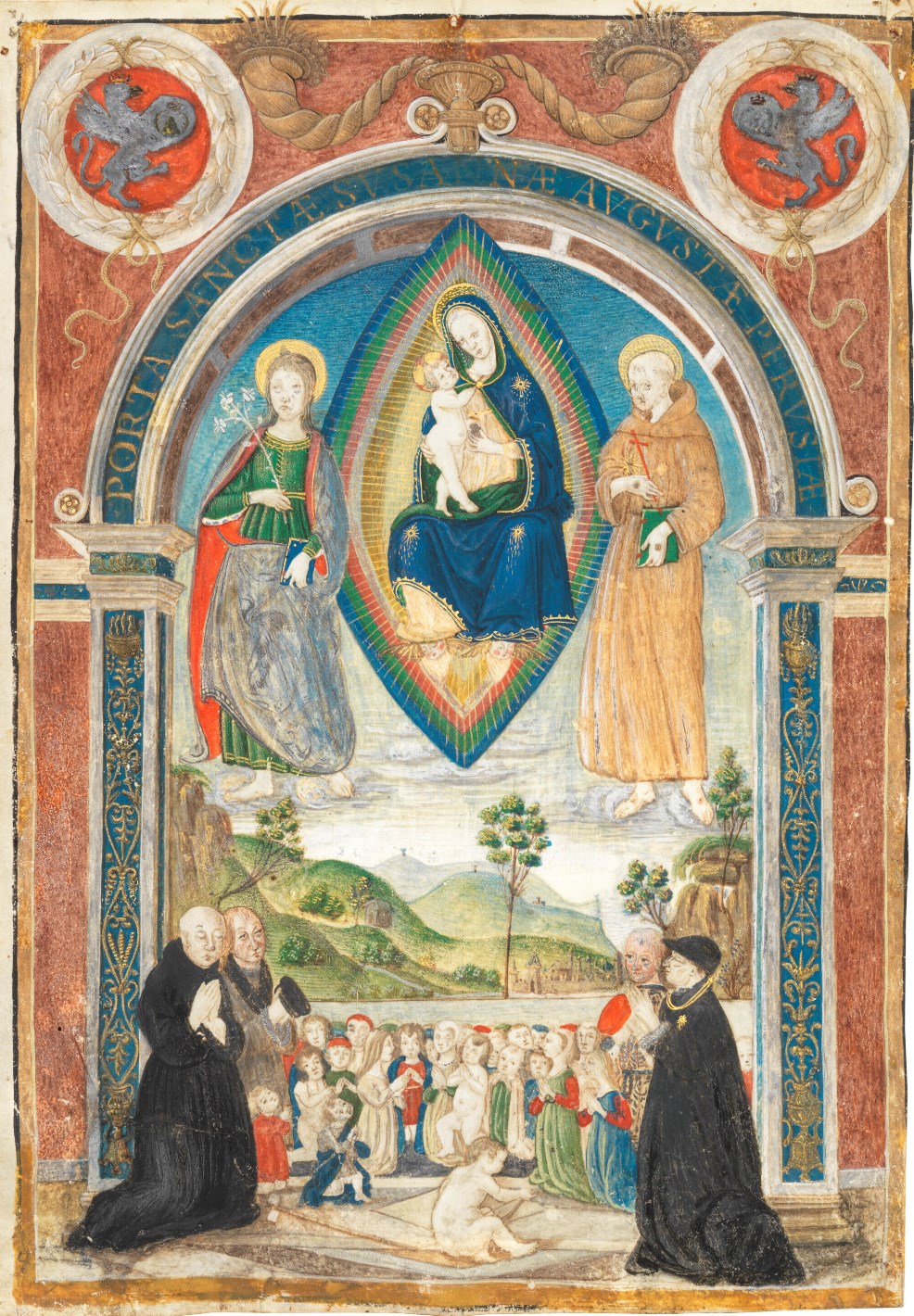
Tommaso di Mascio Scarafone was an Italian painter and illuminator.
He worked in the studio of the Perugene illuminator, painter and frescoist Bartolomeo Caporali.



Hans Thoma was a German painter.
In spite of his studies under various masters, his art has little in common with modern ideas, and is formed partly by his early impressions of the simple idyllic life of his native district, partly by his sympathy with the early German masters, particularly with Albrecht Altdorfer and Lucas Cranach the Elder. In his love of the details of nature, in his precise drawing of outline, and in his predilection for local coloring, he has distinct affinities with the Pre-Raphaelites.

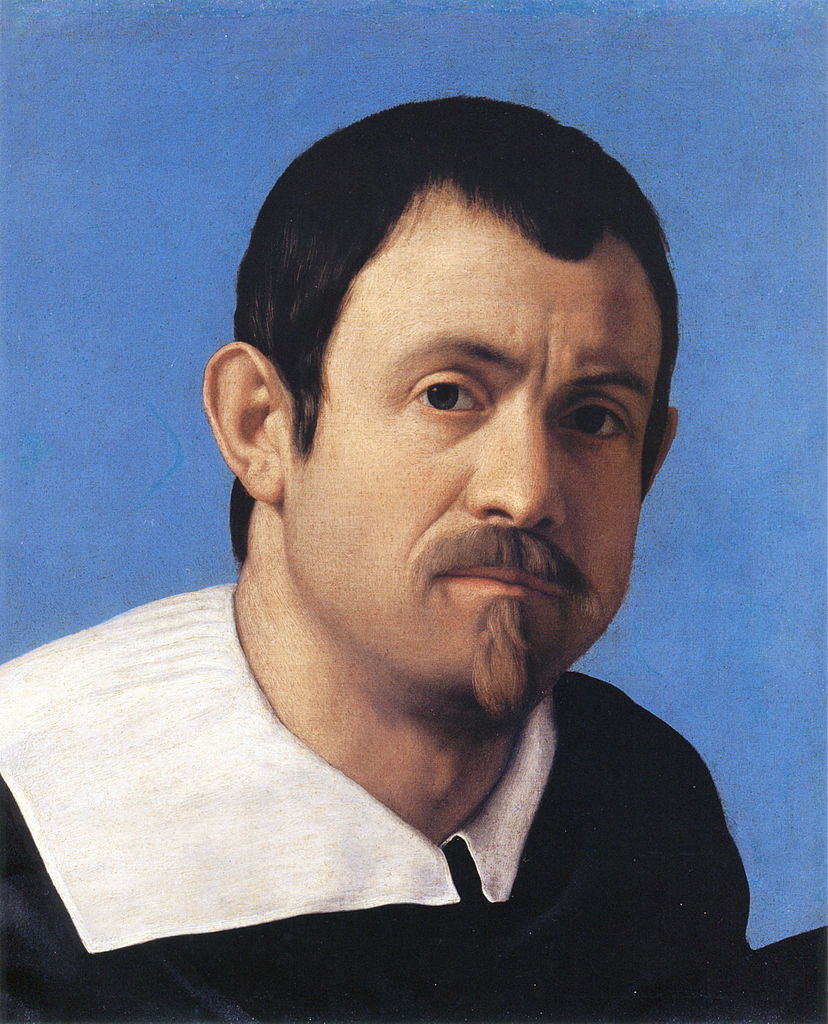
Giovanni Battista Salvi, known as Sassoferrato, was an Italian Baroque painter born in 1609 in Sassoferrato, from which he derived his name. He is celebrated for his deeply devotional images, particularly of the Virgin Mary, rendered with an elegance that echoes the works of Renaissance masters like Raphael and Perugino. Salvi's commitment to these older styles, amidst the 17th-century Roman art scene, marked his work as consciously anachronistic, emphasizing traditional religious themes and the serene beauty of his subjects.
Sassoferrato's training under his father and possibly under Domenichino in Rome, as well as influences from Guido Reni and Francesco Albani, equipped him with a unique blend of styles. He concentrated on creating multiple copies of devotional images, catering to the private market's demand during the Counter-Reformation. Despite a few public commissions, his legacy includes works in major collections such as the National Gallery in London and the British Royal Collection. Sassoferrato's art, particularly noted for its immaculate execution and spiritual aura, was highly regarded until the mid-19th century and has seen a revival in interest since the late 20th century.
One of his most revered works, "The Virgin in Prayer," showcases Sassoferrato's mastery in portraying the Virgin Mary with a life-like presence, using minimal but vibrant colors to highlight her contemplative grace. This piece, along with others, reflects the Catholic Church's 16th-century reforms advocating for personal devotion, a theme Sassoferrato adeptly captures through his intimate and contemplative religious scenes.
Despite the breadth of his work, Sassoferrato remains a somewhat enigmatic figure, with his art often overshadowing the details of his life and career. Yet, his paintings continue to be a source of admiration for their serene beauty and spiritual depth, appealing to collectors and art enthusiasts alike.
For those interested in exploring the work and legacy of Giovanni Battista Salvi, consider signing up for updates on new discoveries, sales, and auction events related to his art. This subscription ensures that collectors and experts remain informed about opportunities to engage with the timeless beauty of Sassoferrato's masterpieces.


Ker-Xavier Roussel was a French painter, renowned for his distinctive post-impressionist style and his affiliation with the Nabis, an avant-garde artist group. Born in 1867, Roussel's artistic journey began in his teens and continued robustly into the 20th century, leaving a legacy celebrated for its mythological and bucolic themes.
Roussel's art is characterized by its vivid portrayal of mythological scenes and landscapes, often infused with a sense of eroticism and joy. His work frequently depicts Greek myths set against the backdrop of the Mediterranean, featuring figures like women, nymphs, centaurs, and fauns. These large, brightly colored paintings, such as "Rural Festival, Summer" and "The Seasons of Life," marked a departure from the smaller formats typical of the Nabis, showcasing his evolution towards a more expansive and expressive style.
A master of pastels, Roussel's work from the 1890s, such as "La Barrière," displayed at the Musée d'Orsay, reflects the Nabi style with its Japanese print influences, absence of perspective, and contrasting values. His later works, created between 1930 and 1944, often depicted violent mythological deaths, revealing a darker aspect of his artistic expression.
Roussel's contributions extended beyond canvas, as he created large paintings for public spaces and private clients, including a significant panel for the Palais des Nations in Geneva and the front curtain of the Théâtre des Champs-Élysées. His recognition peaked in the 1930s, with a multi-panel scheme for the Palais de Chaillot and winning the Carnegie Prize for art in 1926.
Despite a period of obscurity, Roussel's work regained attention through exhibitions like "Ker-Xavier Roussel, Private Garden, Dreamed Garden" at the Musée des Impressionnismes in Giverny, showcasing his significant contributions to art history.
For art collectors and experts, understanding Roussel's work offers insights into the evolution of post-impressionism and the Nabis' influence on modern art. His unique blend of mythological themes and vibrant landscapes represents an important chapter in art history. For those interested in exploring Roussel's work further or keeping updated on related art sales and auctions, signing up for updates is a valuable opportunity to deepen your engagement with this influential artist's legacy.


















